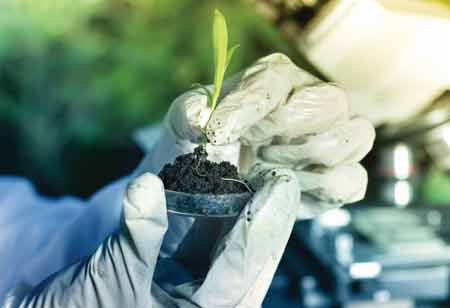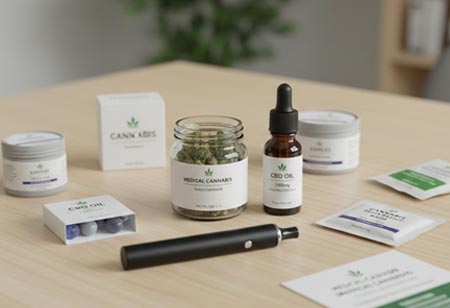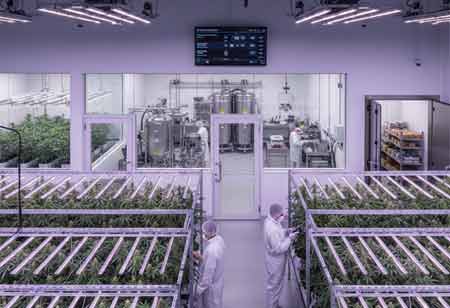Thank you for Subscribing to Cannabis Business Insights Weekly Brief
The Cannabis Industry: A Comprehensive Overview of the Three Types of Solvents
Alcohol, carbon dioxide, and hydrocarbons are the three main solvent types used in the cannabis industry.

By
Cannabis Business Insights | Thursday, September 12, 2024
Stay ahead of the industry with exclusive feature stories on the top companies, expert insights and the latest news delivered straight to your inbox. Subscribe today.
Alcohol, carbon dioxide, and hydrocarbons are the three main solvent types used in the cannabis industry.
FREMONT, CA: The technique of extracting cannabinoids and terpenes from cannabis flowers or trimmings using a solvent is known as cannabis extraction. After that, raw cannabis extract is processed further to create consumable cannabis products. Owing to its exceptional adaptability, cannabis extract finds application in numerous products such as tincture and edible oil formulations, vape oils, and dabbing concentrates.
Terpenes and cannabinoids can be separated using a variety of solvents. The solubility of terpene and cannabinoid components in the solvent medium is the only stringent prerequisite. Not all solvents, meanwhile, are suitable for large-scale manufacturing or safe for human ingestion. Because of this, the cannabis industry is dominated by three types of solvents: alcohol, hydrocarbons, and carbon dioxide.
Hydrocarbons: Hydrocarbons are great solvents for cannabis. Their hydrophobic or nonpolar properties make them ideal for dissolving terpenes and cannabinoids that are soluble in fat.
But many hydrocarbon solvents, like benzene, are dangerous to eat. In addition, they can be costly or difficult to acquire and dangerous to handle. Consequently, butane and propane—which are both readily available and reasonably priced, have emerged as the most often utilized hydrocarbon solvents for cannabis extraction.
The usage of hydrocarbon solvents in illicit extraction systems has given them a poor reputation over time. However, if the solvents are pure and adequately eliminated from the finished extract, extracts prepared with butane and propane are usually safe to eat. Thorough cannabis testing can also aid in identifying and preventing hazardous solvent residue levels from being consumed.
Carbon Dioxide: Carbon dioxide might not seem like a natural solvent choice at first. This is due to the fact that everyone is most familiar with this substance in its solid (dry ice) and gaseous forms. However, carbon dioxide becomes a liquid that retains some of its gaseous characteristics when heated to extremely high pressure. Known as supercritical carbon dioxide, it dissolves certain terpenes and cannabis with ease and permeates porous materials.
It's common knowledge that the cleanest way to extract cannabis is using carbon dioxide. This is due to its low toxicity or relative inertness at low concentrations. Its nonflammability adds even more safety to the production process.
Alcohol: More recently, ethanol, or alcohol, has emerged as the preferred solvent for cannabis extraction. This is due to its ability to manage big capacity and quick extraction times. In terms of the trace amounts that are still present in the finished extract, it's also reasonably safe.
However, because they are flammable, both alcohol and hydrocarbon solvents provide a risk to operations. Although employing a closed extraction system can significantly reduce this risk, mishaps can still happen.
Cannabis extract can be made in a variety of ways, but the end product of solvent extraction is usually a concentrated oil. To make various edible goods like cannabis tincture oil, vape oil, shatter, budder, wax, and isolate, manufacturers must further process the raw extract.






